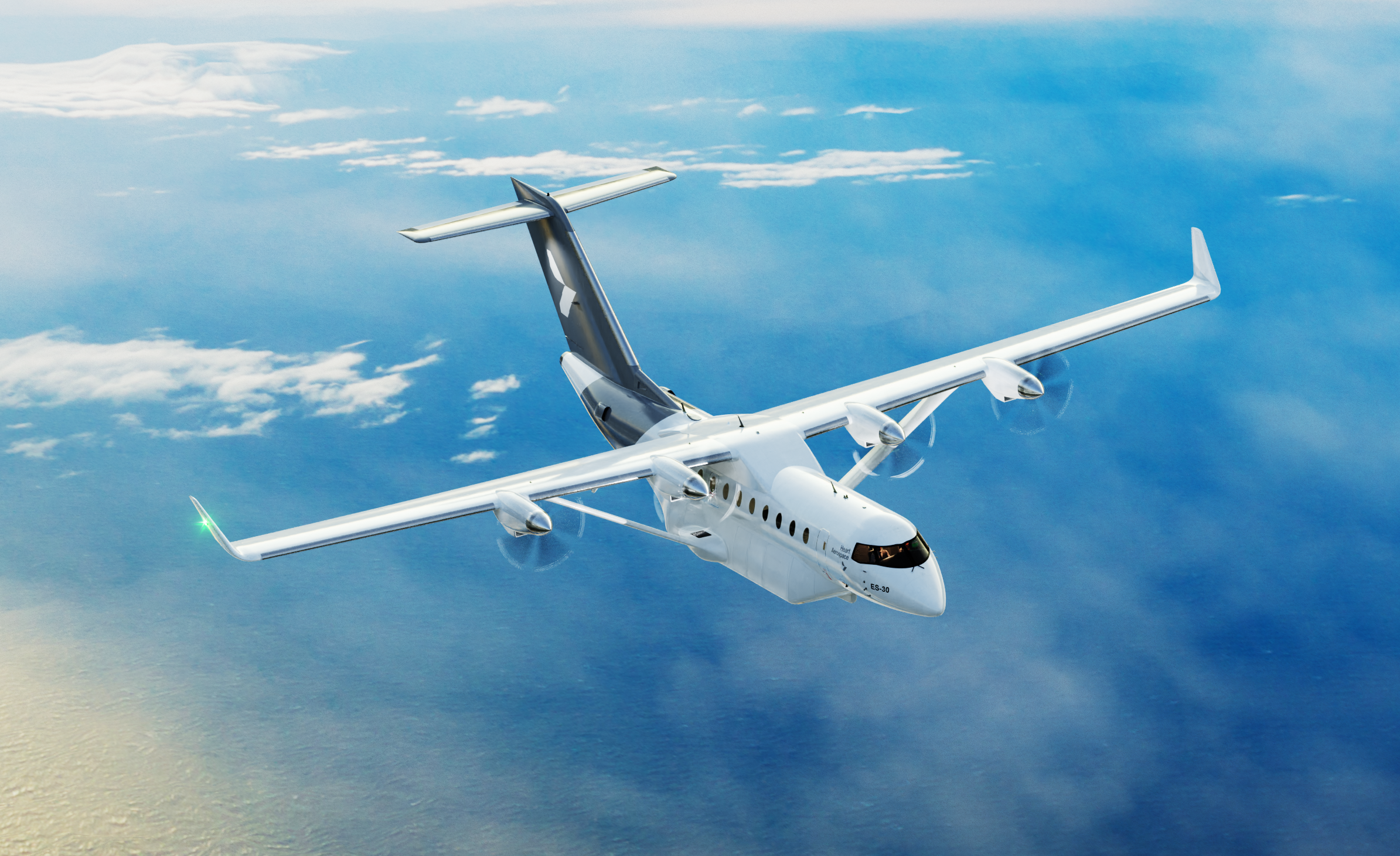Log-in here if you’re already a subscriber
Two decades ago, 30 to 40-seat turboprop aircraft made up a major chunk of the world fleet alongside the bigger jetliners from Boeing, Airbus and McDonnell Douglas. Aircraft like the De Havilland Dash 8-100 and 200, Saab 340, Embraer 120 Brasilia, Short Brothers 360, British Aerospace Jetstream 41 and Dornier’s original 328 proliferated between 1980 and the end of the 20th century.
The profitability and comparative customer preference of 50-seat regional jets sent the entire segment on a course to near-extinction. As of July 2019, only 8% of the world’s scheduled block hours were flown on 20 to 49-seat aircraft. But airline interest only lay dormant, waiting for technology that could notionally reshape the economic viability of those smaller aircraft on commuter routes.
Related: Electric is the future of regional aviation, just not yet
Born from mandates by the governments of Norway, Sweden and Denmark to decarbonize “domestic” flights within and between those countries, Sweden’s Heart Aerospace conceptualized its first design, the ES-19. With a range of about 215 nautical miles (400 km), the ES-19 would carry 19 passengers.
With its all-battery-powered concept, Heart in 2018 was spun-off from a Swedish research consortium called ELISE. The new entrant closed its $35 million series A seed round in 2021 and got United Airlines and Mesa Airlines to commit to “purchase orders, subject to terms” for 200 aircraft, and options for 100 more.
One year ago, a TAC Analysis concluded the market was limited for 19-seat electric aircraft operating flights less than 500 nautical miles given that the capability and economics of current battery technology would significantly limit their commercial utility. The ambitious efforts by Heart and Eviation with its nine-seat Alice seemed more valuable as pilot projects that would pave the regulatory path for electric aviation’s future, rather than viable commercial aircraft.
Instead, wrote The Air Current’s Managing Director of Analysis Courtney Miller, “By leveraging the higher specific energy of jet fuel along with well-known, reliable certification requirements, it is the incremental nature of the hybrid aircraft that is almost inevitable to emerge in the connecting years between conventional and all-electric flight.”
Heart on September 15 abandoned its all-battery 19-seat aircraft “tailor made for the market in the Nordics” in favor of a 30-seat hybrid-electric commuter capable of greater ranges and improved operating economics. Heart is the first major new entrant to fully recognize both the current technical limitations and realities of all-electric flying and the regulatory and market needs that have inspired a wholesale redesign and repositioning of its first commercial aircraft.
Subscribe to continue reading...Subscribe to Continue Reading
Our award-winning aerospace reporting combines the highest standards of journalism with the level of technical detail and rigor expected by a sophisticated industry audience.
- Exclusive reporting and analysis on the strategy and technology of flying
- Full access to our archive of industry intelligence
- We respect your time; everything we publish earns your attention


